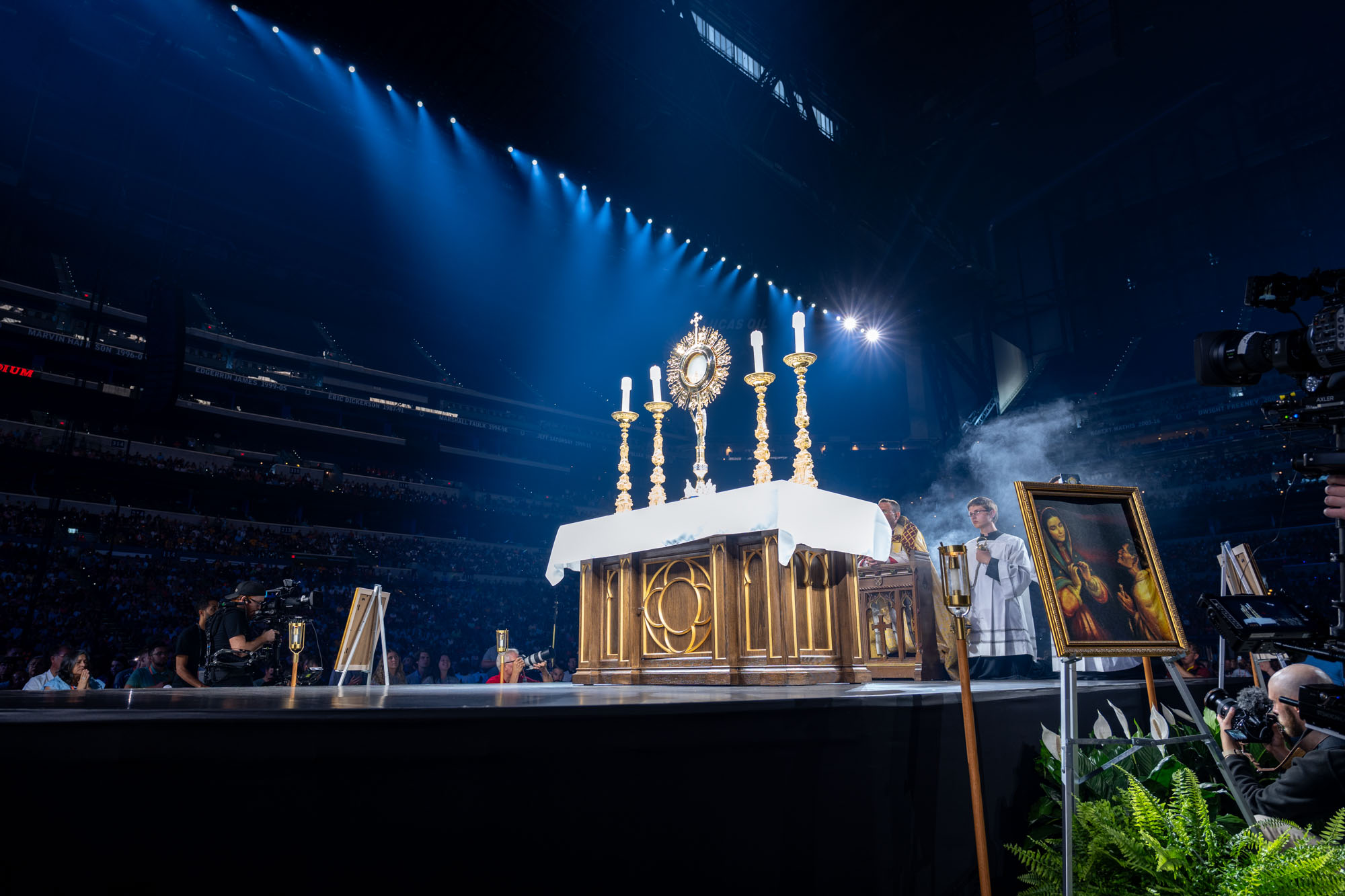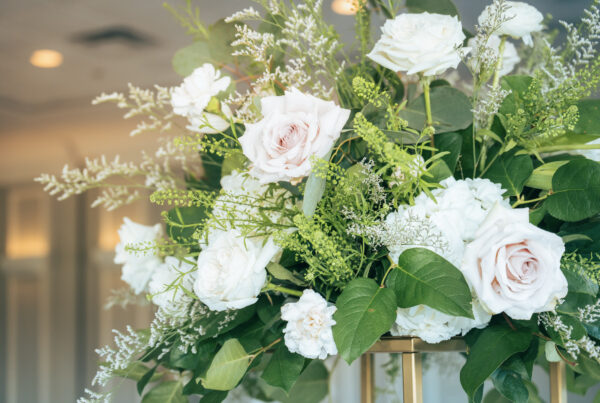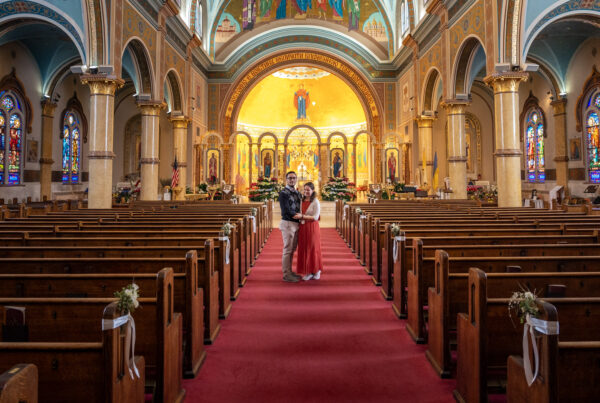What are the top Mexican wedding traditions?
Many aspects of Mexican wedding customs are specific to Mexican culture, but many global customs are similar, such as exchanging rings and making vows. They combine aspects of traditional Catholicism with an all-night fiesta. Now, the Top 15 Mexican wedding traditions are given below:
1. Catholic Mass
A full Catholic Mass, which usually lasts an hour and is a very holy and holy service, is held if the couple has a traditional wedding ceremony. There are some distinct Mexican wedding customs during the ceremony. Depending on the family it may be spoken entirely in Spanish or partially in English.
2. Padrinos and Madrinas
The padrino and madrina, who are important participants in the wedding, are chosen by the couple. Like godparents, they often sponsor specific aspects of the wedding, such as purchasing Bibles or other ceremony materials, performing mass, and entertaining the bridal party. There is no minimum or maximum set of padrinos and madrinas that can be involved, nor are there clear roles and responsibilities for each.
3. EL Lazo
Usually, the couple receives el lazo or lasso from the padrino and madrina. It symbolizes the couple becoming one in the eyes of God and is one of the most significant customs of Mexican weddings, as are other union ceremonies.
4. Mariachis
At the ceremony, the couple will hire mariachis to sing religious songs and hymns played during the mass. Music in a traditional Mexican wedding ceremony will include hymns and religious songs; However, the reception music will pick up the pace for more upbeat songs that are sure to get the whole family dancing. If you’re planning a destination wedding in Mexico, hiring a live mariachi band is a must.
5. Church Ceremony
Along with sacraments such as baptism, confirmation, and reconciliation, marriage is one of the seven sacraments of the Catholic faith. Catholics believe that it is important to celebrate this holy sacrament in the church because it is seen as God’s house and place of worship.
6. Exchange of Consent
The wedding ceremony must include an exchange of vows, where both parties give their consent, and a Bible reading follows. The priest conducts the exchange of consents, also known as vows, following the traditional mass. The couple makes an unbreakable covenant when they swear before God and the church community to love each other faithfully for the rest of their lives.
Would you like to stay close to the Holy Eucharist all day long?
Now you can, I have 8 Holy Eucharist Wallpapers for you, so you can stay connected with Jesus Christ anywhere you are!
7. Las Arras Matrimoniales
It is customary in traditional Mexican culture for the groom to give the bride an elaborate box containing thirteen gold coins, which stand for Jesus and his disciples as well as his promise to support his family. During the wedding, the priest blesses them and the padrinos occasionally give them to the groom.
8. The Nuptial Blessing
The priest will perform the Nuptial Blessing, a prayer that binds the couple as “one flesh,” after the ceremony. The priest prays for them, asking God to keep an eye on them and grant them faithfulness to one another and a long, happy life together.
9. Wedding Reception
Mexican wedding celebrations are renowned for being amazing events. The celebration lasts well into the night and occasionally into the following day, with non-stop dancing to upbeat mariachi music and desserts. During these festivities, family members get together for food, drinks, and dancing.
10. Special Dances
The Sea Snake Dance, or La Vibora de La Mar, is a song and dance in which the bride and groom form an arch with their chairs facing each other, passing through it as guests dance and hold hands. Avoiding breaking the snake formation is the aim, and the harder it is, the faster the music gets.
A money dance is another common event where guests “pay” to dance with the bride or groom by placing a dollar on them. It’s an opportunity to speak with the bride or groom and wish them well.
11. Presentation of the Bouquet
After the ceremony, Mexican couples offer bridal bouquets to the Virgin Mary and ask for her blessing. A second bouquet is prepared in advance, to transport the bride’s photos and reception.
12. Wedding attire
Depending on the region of Mexico the couple’s wedding dress is different. There are many options for brides, groomsmen, and bridal parties.
13. The Bride’s Dress
It was traditionally sewn by the bride or her family members at the groom’s expense. The culture of Spain influenced this wedding dress. They also incorporate elements of imagery of good luck, prosperity, and fertility.
14. The Bridal Veil
Brides getting married in a church must wear a veil to cover their heads.
15. Groom’s Attire
The groom wears a guabeira (Mexican shirt) and linen or black pants. Made of linen, the Mexican shirt has four small patch pockets and two rows of vertical, delicate pleats.
Do you want to learn more about weddings? Check out my blog!








